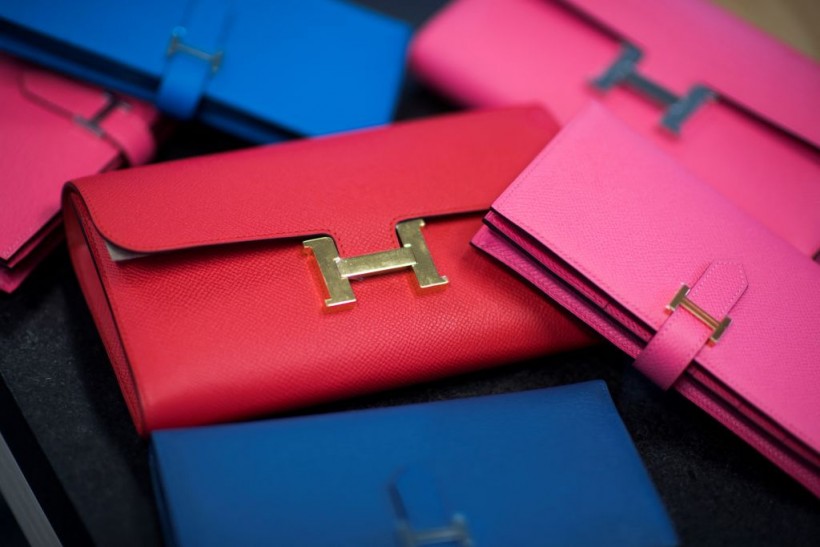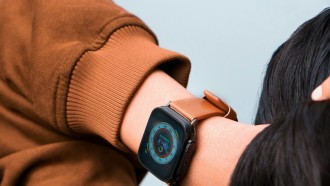Scientists at Imperial College London have successfully engineered bacteria to produce animal-free and plastic-free leather that can dye itself. This new approach marks a major advancement for eco-friendly and vegan alternatives in the fashion industry.
Traditional methods of dyeing textiles, especially leather, often involve synthetic chemicals that pose environmental hazards. In response to this challenge, the team at Imperial College London turned to genetic engineering to find a solution.
Genetically Modifying Bacteria to Create Animal-Free Leather
By genetically engineering bacteria to produce sheets of microbial cellulose-a durable and flexible material already used in various industries-the researchers were able to create a sustainable leather substitute. This new process has been published in the journal Nature Biotechnology.
What sets this technology apart is that the same bacteria responsible for producing the material also generate a dark black pigment called eumelanin, effectively dyeing the leather during the growth process.
Lead author Professor Tom Ellis emphasized the significance of this achievement, stating, "Inventing a new, faster way to produce sustainable, self-dyed leather alternatives is a major achievement for synthetic biology and sustainable fashion."
Read Also: Chinese Scientists Accidentally Create World's Tiniest Knot With 54 Atoms
(Photo : MARTIN BUREAU/AFP via Getty Images)
Leather wallets are displayed on a table at Hermes leather workshop on the eve of the inauguration day, in Saint-Junien, central France, on June 8, 2017.
Cheaper and More Sustainable Leather
The benefits of this new approach are manifold. Unlike traditional leather production, which relies on animal farming and often involves harmful chemicals, bacterial cellulose-based leather is inherently vegan and requires significantly fewer resources, including water and land.
Moreover, it can be manufactured without petrochemicals and will biodegrade safely and non-toxically in the environment.
Collaborating with designers, the researchers have already created prototypes of shoes and wallets using the engineered bacteria. By subjecting the material to specific conditions, such as gentle shaking, they can activate pigment production from within, resulting in a fully dyed product.
Additionally, the bacteria can be engineered to respond to blue light, allowing for the creation of intricate patterns and logos within the material. This opens up exciting possibilities for customization and branding in a sustainable fashion.
Dr. Kenneth Walker, who contributed to the research, emphasized the importance of collaboration between scientists and designers in realizing the potential of these new materials. "The work also shows the impact that can happen when scientists and designers work together," he noted.
Looking ahead, the researchers are exploring the use of various colored pigments to expand the range of options available. They envision partnering with the fashion industry to integrate these eco-friendly materials into mainstream clothing production, making our clothes greener from start to finish.
In a related development, biotechnologists from Newcastle University and Northumbria University in the United Kingdom developed a self-healing wearable material from mycelium, a thread-like structure produced by several species of fungus.
Stay posted here at Tech Times.
Related Article: MIT Unveils 4D Knit Dress That Uses Heat, Robotic Tech to Achieve Perfect Fit and Style in an Instant







